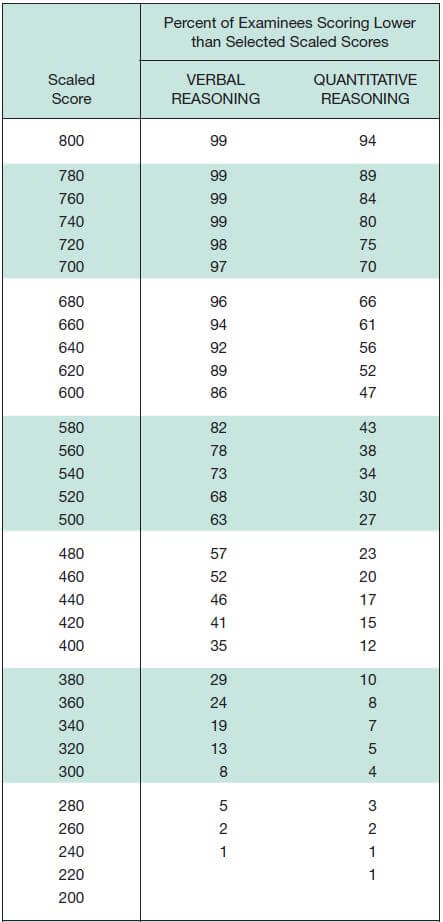


Using a variety of digital tools, students can create a product that addresses cognitive, visual, and auditory needs. If they have access to digital devices outside of school, it is a resource they can potentially access any time, anywhere. They are also creating a resource that can be easily shared with others. One strategy we used in the training was to create a word wall, and as I often do, I began to think “could this be done digitally? Would there be a benefit to students if they could access this content on a computer or mobile device?” My answer, as it often is, was “yes.” By creating a digital word wall, students are learning and applying important technology skills. My interest in using technology with vocabulary instruction began in a SIOP training early in the year. In other words, students who build a solid foundation in academic vocabulary and vocabulary learning strategies can independently improve their vocabulary even when this instruction is not taking place. In fact, students who gain important skills and knowledge through effective vocabulary instruction continue to increase their vocabulary through wide reading and exposure to text. Students who have lower academic vocabulary can greatly improve with effective, targeted instruction they can even close the learning gap between themselves and students who have greater academic vocabulary. Teaching vocabulary was something I didn’t think I had time for however, I have learned more and more about the necessity for high quality vocabulary instruction, and that a strong vocabulary is critical for student success. Handing students flashcards with words, their definitions, and even pictures will not increase student vocabulary in the same way that providing a student with an electronic device will not, in and of itself, lead to greater outcomes. Like vocabulary instruction, technology integration should be purposefully implemented in order to have the desired impact on student learning. The findings parallel a body of evidence suggesting that teachers also need more training and support to effectively integrate technology. There is mounting evidence indicating that teachers need more guidance and support in order to teach vocabulary well, especially in specific content area instruction. I do not remember it being highly emphasized in my teacher training program, and I did not make it a focus of improvement early in my career. Teaching vocabulary was not a strength of my practice. In subsequent posts following this introduction, I will share several examples of ways teachers are incorporating these strategies along with some of the specific digital resources used by teachers and students alike.
Ultimate vocabulary 2015 series#
This is the first in series of posts on the importance of vocabulary instruction, and how technology tools can be used effectively to support growth in student vocabulary. Technology Integration and Vocabulary Instruction Title I and Learning Assistance Program.


 0 kommentar(er)
0 kommentar(er)
